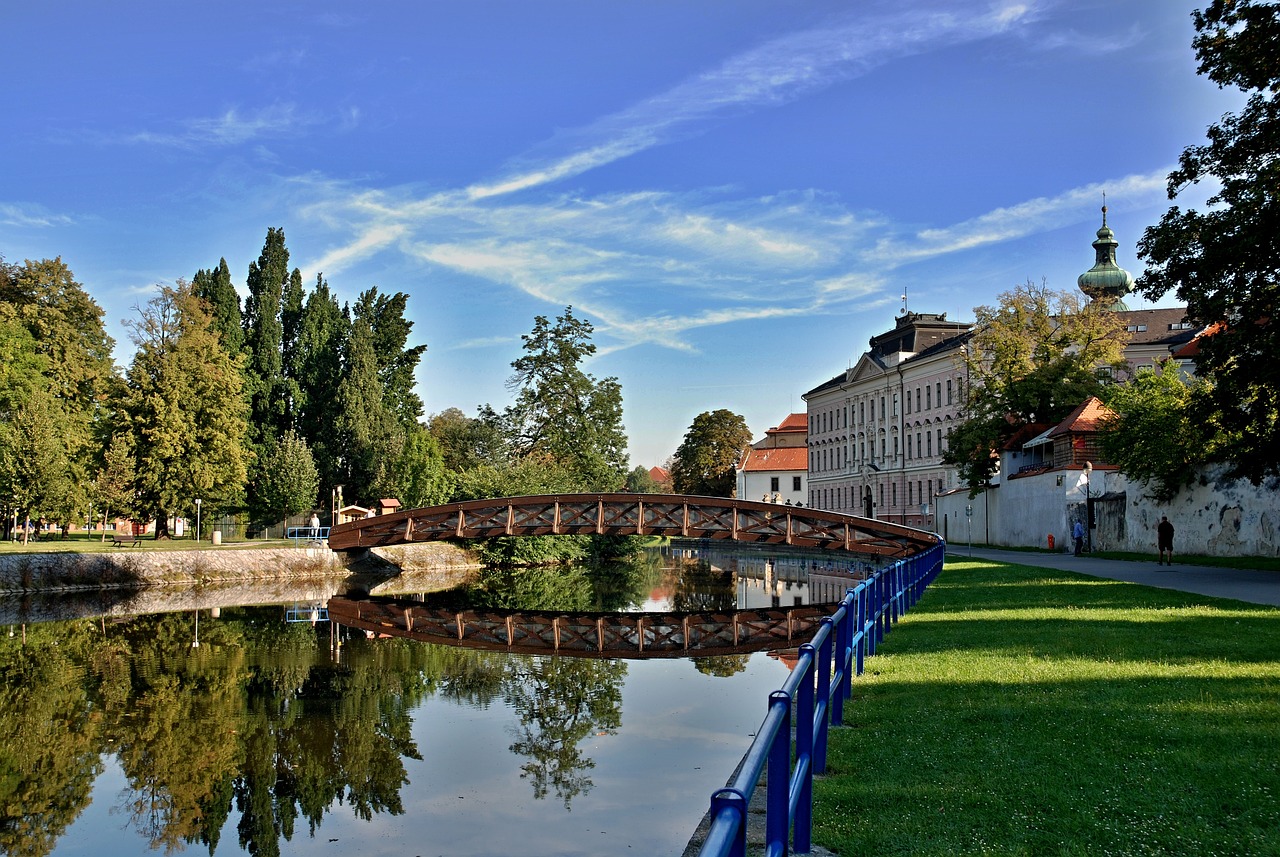Unlocking Everyday English: The Magic of Modal Verbs
Welcome to the fascinating realm of everyday English, where the unsung heroes known as modal verbs play a starring role in shaping our language dance! So, what are modal verbs, you ask? Well, think of them as the spice in your language soup, adding that extra flavor to your daily conversations.
Picture this: you’re chatting with friends about weekend plans, and suddenly, a modal verb slips in—maybe a “can” or a “should.” These seemingly simple words hold the power to transform your expressions, making your language as dynamic as your weekend plans. Modal verbs are the secret sauce that turns mundane chatter into vibrant, nuanced communication.
Why Should You Care?
Now, you might be thinking, “Why bother with these grammatical puzzle pieces?” Simple—you use modal verbs every day, probably without even realizing it! They’re the friendly neighbors in your sentences, quietly influencing your tone and intent. Understanding them is like unlocking a new level in your language game.
Imagine being able to convey not just what you’re saying but also how you feel about it. Modal verbs help you do just that. They’re the linguistic acrobats that let you express necessity, possibility, ability, and more—all with a casual flick of your language wand. So, the next time you find yourself saying, “I can do it,” you’re not just stating a fact; you’re casting a linguistic spell!
Modal Verbs in Action: Everyday Scenarios
Let’s dive into the real-world magic of modal verbs, shall we? Consider this scenario: you’re at a coffee shop, eyeing that tempting chocolate cake. Your friend suggests, “You should try it!” Now, it’s not just a suggestion; it’s a sprinkle of persuasion, courtesy of the mighty “should.” Modal verbs don’t just convey information; they shape the social fabric of your conversations.
Think about expressing probability. You might say, “It might rain later.” Suddenly, you’re not predicting; you’re giving your statement a coat of uncertainty, turning a weather report into a subtle guessing game. Modal verbs are like linguistic paintbrushes, letting you color your sentences with shades of meaning.
What Are Modal Verbs, Really?
Alright, let’s put on our language detective hats for a moment. Modal verbs are a special breed, distinct from their regular verb cousins. These magical words—can, could, may, might, shall, should, will, would, must—go beyond the usual action. They team up with main verbs to express necessity, possibility, ability, permission, and more.
Modal verbs are the sidekicks that add depth to your language adventures. “I can swim” isn’t just about your ability to navigate water; it’s a testament to your aquatic prowess. And when you say, “You must finish your homework,” it’s not a casual suggestion—it’s the firm voice of necessity, with a sprinkle of authority.
Unveiling the Charm: How Modal Verbs Shape Your Chit-Chats
Ever wonder how your casual conversations turn from simple exchanges to engaging dialogues that leave a lasting impression? Spoiler alert: it’s the subtle, often overlooked, magic of modal verbs! Let’s dive into how these language gems shape the ebb and flow of your everyday chit-chats.
The Buddy Effect: Making Language Relatable
They are like the friend who always gets your vibe. They infuse your conversations with a relatable charm, turning rigid sentences into easy-breezy talks. Saying “I can help” isn’t just about ability; it’s about extending a friendly hand, making your language effortlessly approachable.
Think about it—when you tell a friend, “You should come over,” it’s not just a suggestion; it’s an invitation wrapped in a cozy modal verb blanket. they create a conversational atmosphere where everyone feels invited to join the linguistic party. It’s not just what you say; it’s how you say it, with a touch of friendly flair.
Express Yourself: The Emotional Palette of Modal Verbs
Now, let’s explore the emotional rollercoaster that they bring to your conversations. They’re the emotional seasoning in your language stew, letting you convey feelings without spelling them out. Saying “I might join” isn’t just a statement; it’s a hint of uncertainty, adding a dash of intrigue to your words.
They help you navigate the delicate balance between expressing yourself and leaving room for interpretation. Saying “I must go” doesn’t just signal necessity; it’s a polite way of excusing yourself. It’s the gentle art of using language to express emotions without overwhelming your audience with too much information.
The Plot Twist: Creating Suspense in Everyday Talk
Imagine your conversations as a gripping novel, and modal verbs as the plot twists that keep your listeners on the edge of their seats. Saying “I could tell you, but…” turns a mundane statement into a teaser trailer for a thrilling story. Modal verbs are the unexpected turns that transform ordinary chats into engaging narratives.
They’re the spice that adds intrigue, making your everyday tales more captivating. Consider saying, “You may not believe what happened,” and suddenly, you’ve set the stage for an attention-grabbing revelation. They are your storytelling allies, injecting a sense of unpredictability into your casual conversations.
Mastering Modal Verbs: Your Daily Language Adventure
Embarking on the journey of incorporating modal verbs into your daily language practice is like adding a sprinkle of linguistic stardust to your conversations. Let’s uncover some tips that will turn your everyday chatter into a modal verb masterpiece!
Modal Mingle – Making Them Your Everyday BFFs
Think of modal verbs as your linguistic companions, the friends you invite to your daily language party. Start by choosing one modal verb a day—maybe “can” or “should.” Let it be your conversational sidekick, appearing in various sentences throughout the day. This friendly approach makes they feel like part of your natural language flow.
For instance, challenge yourself to say, “I can help you with that” instead of a plain “I will help.” It’s not just about what you say; it’s about infusing your daily exchanges with the charm of modal verbs.
Storytelling with Style – Narrate Your Day with Modals
Turn your daily routine into a storytelling adventure using modal verbs. As you recount your day, let modal verbs be the colorful brushstrokes that paint vivid pictures. Instead of saying, “I went to the store,” try, “I had to go to the store because I must buy groceries.” See how the narrative transforms with a touch of modal magic? It’s like turning your life into a linguistic masterpiece.
Challenge yourself to weave modal verbs into your anecdotes, making them an integral part of your storytelling arsenal. Soon, you’ll find that your everyday tales have a new vibrancy, capturing the attention of your audience effortlessly.
Express Yourself – Embrace the Shades of Modality
Don’t just stop at the basics; dive into the deep end of modality and embrace the subtle shades it offers. Instead of a plain “I can swim,” try “I can effortlessly glide through the water.” Feel the difference? It’s not just about ability; it’s about expressing it with flair.
Experiment with different modal verbs to convey nuances. Say “I might attend the event” to sprinkle a bit of uncertainty into your plans. Modal verbs are like the seasoning in your language dish—use them wisely, and you’ll have a flavor-packed conversation that leaves a lasting impression.
Incorporating Fun: Modal Verb Games for Language Playtime
Who said learning can’t be fun? Turn your language practice into a game by incorporating modal verb challenges. Create a sentence-building game where you and your friends take turns using modal verbs to form coherent sentences. The catch? The sentence has to make sense and bring out the essence of the modal verb.
For instance, challenge each other to come up with sentences like “I could travel anywhere if I had a magic carpet.” It’s not just about the game; it’s about imprinting the usage of modal verbs in your mind through enjoyable experiences.
Modal Magic in the Social Media Spellbook
Welcome to the world of hashtags, memes, and tweets—a place where they have donned their virtual capes, influencing the way we communicate in the realm of social media. Let’s unravel the trends that make modal verbs the unsung heroes of your online interactions.
The Hashtag Revolution: #ExpressWithModals
Ever noticed how hashtags breathe life into your social media posts? they are the subtle architects behind this trend. Saying “You should try this #recipe” doesn’t just share a cooking idea; it invites your audience to join the culinary adventure. Modal verbs turn hashtags into invitations, transforming static posts into interactive experiences.
Experiment with incorporating modal verbs into your hashtags. Instead of a plain #TravelTuesday, try #YouCanExplore or #IWillAdventure. It’s not just about sharing; it’s about turning your online presence into a dynamic space where your audience feels invited to participate.
Meme Magic: Conveying Emotions with Modals
Scroll through your favorite memes, and you’ll discover the silent role of modal verbs in conveying emotions. Memes are the visual storytellers of social media, and they are their backstage directors, shaping the tone and mood. Saying “I can’t even” isn’t just a phrase; it’s a meme-powered expression of disbelief or amusement.
Next time you create or share a meme, let modal verbs be the emotional palette. Instead of a straightforward “That’s funny,” try “This could be the funniest thing ever!” they turn your memes into emotion-packed messages that resonate with your audience.
Interactive Stories: Instagram, Facebook, and Modals
Step into the world of interactive stories on platforms like Instagram and Facebook, where they take center stage. Saying “You must swipe up” in your story isn’t just a direction; it’s an imperative wrapped in the charm of necessity. Modal verbs turn passive scrolling into an active engagement.
Experiment with infusing modals into your story content. Instead of a plain “I went to this amazing place,” try “You can virtually join me on this breathtaking adventure.” It’s not just about sharing moments; it’s about inviting your audience to participate in your digital narrative.
Emoji Dialogues: 🌟✨Conveying Modality Beyond Words
Ever wondered about the unspoken role of emojis in conveying modal nuances? They extend their influence beyond words into the world of emojis, adding an extra layer of meaning. Saying “You might like this 🎨” doesn’t just predict interest; it visually invites your audience to explore. Modal verbs and emojis collaborate to create a language that goes beyond the confines of text.
Experiment with combining modals and emojis in your messages. Instead of a simple “I should be there,” try “I should be there ☀️🏖️.” It’s not just about stating; it’s about painting a vivid picture of your emotions.
In a Nutshell: Modal Trends in Social Speak
So, what are modal verbs up to in the social media sphere? They’re not just words; they’re influencers shaping the way we engage online. From hashtags to memes, interactive stories to emojis, They are the trendsetters making your social media language a dynamic and expressive playground. So, the next time you hit that “post” button, remember—modal verbs are your linguistic allies, adding flair to your digital dialogue!




